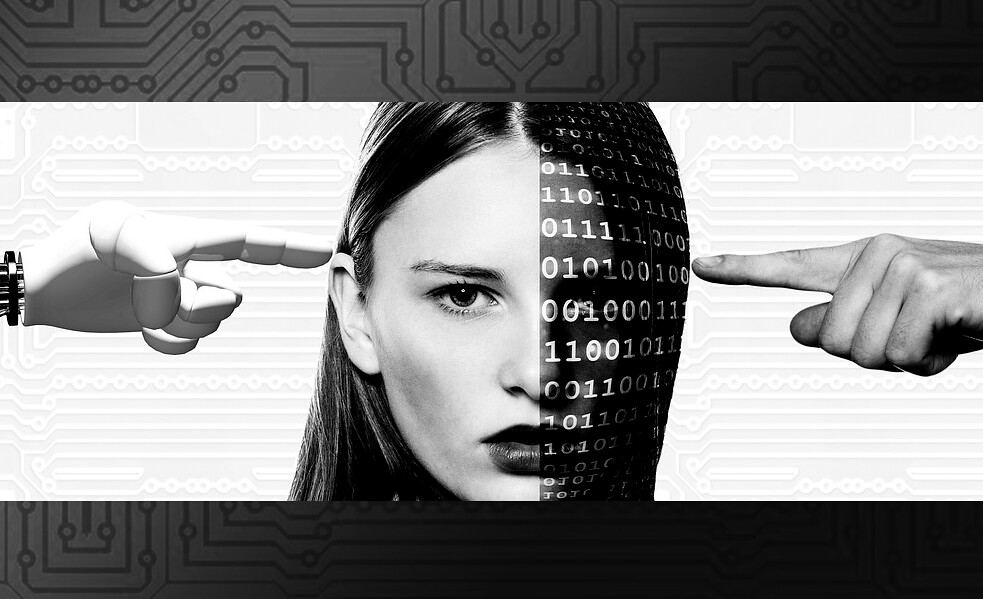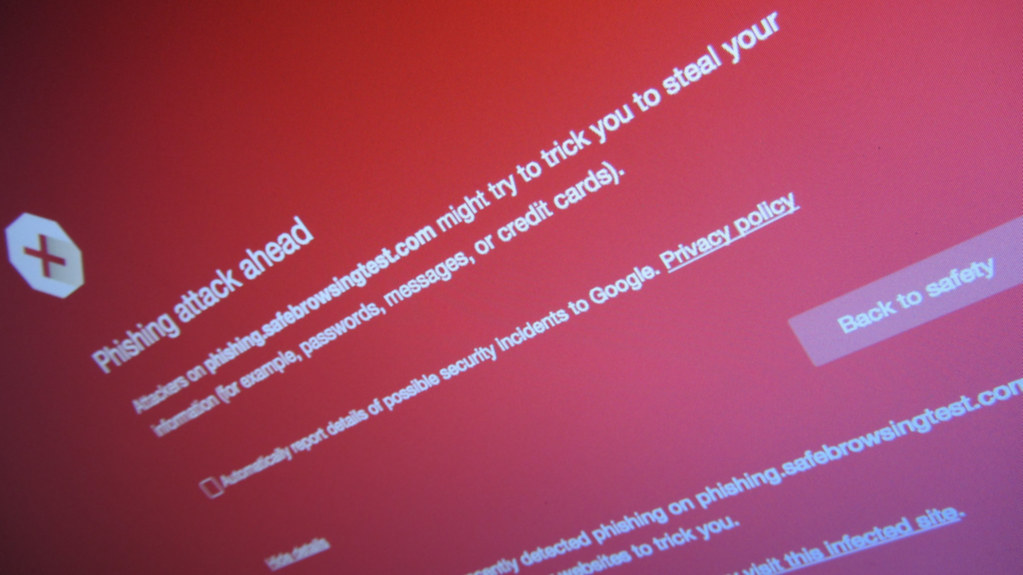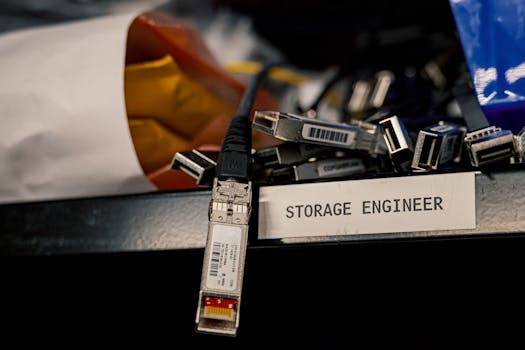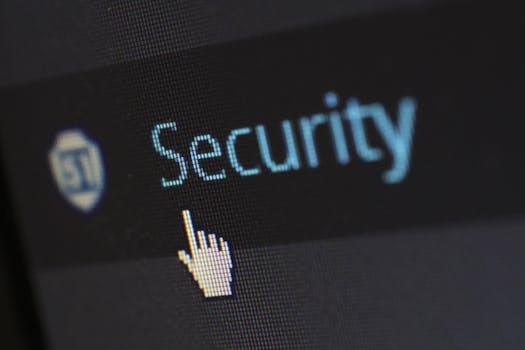Safe Browsing •
Jul '24
Downloading software from the internet has become a part of our daily routines. Whether its for work or entertainment there is a range of software options available online. However it's important to be aware of the risks that come with downloads. Cyb... << Continue >>
Online Security •
Jul '24
Artificial intelligence (AI) has revolutionized industries and the field of cybersecurity is no exception. In the face of increasing cyber threats that are becoming complex and frequent traditional security measures often prove inadequate. AIs capabi... << Continue >>
Online Security •
Jul '24
Securing Internet of Things (IoT) devices from hackers is essential to protect sensitive information. With the increasing integration of these devices into our lives the risk of cyber attacks also rises. This article provides guidance on how consumer... << Continue >>
Cyber Threats •
Jul '24
The rise of deepfake technology has raised concerns in digital and real world settings. This advanced form of intelligence allows for the creation of highly lifelike videos and audio recordings that portray individuals engaging in actions or making s... << Continue >>
Online Security •
Jul '24
Phishing attacks are a concern in the world of cybersecurity posing a significant threat to individuals. These deceitful tactics often lure people into sharing information like passwords, credit card details and personal data. It's crucial to know ho... << Continue >>
Security Tools •
Jul '24
Endpoint security tools have become crucial in safeguarding devices against cyber threats. These tools are crafted to identify, prevent and address types of malware, ransomware and other harmful activities that target endpoints like computers, laptop... << Continue >>
Security Tools •
Jul '24
Security Information and Event Management (SIEM) systems are components in todays cybersecurity strategies. These systems are responsible for gathering analyzing and responding to security incidents from sources within an organizations IT environment... << Continue >>
Security Tools •
Jul '24
As we enter the year 2024 internet safety continues to be a concern for people worldwide. Given the evolution of cyber threats it's crucial to go beyond just basic knowledge to stay ahead of potential risks. Below is a list of the 10 security tools t... << Continue >>
Cyber Threats •
Jul '24
DDoS attacks pose a threat to both businesses and individuals. These malicious activities aim to disrupt systems, servers or networks by inundating them with traffic making them inoperable. The consequences can be severe resulting in prolonged downti... << Continue >>
Cyber Threats •
Jul '24
Fileless malware poses a challenge in the realm of cybersecurity due to its unique ability to operate without leaving behind typical traces such as files on a disk. Instead of depending on files this malicious software functions directly from compute... << Continue >>









